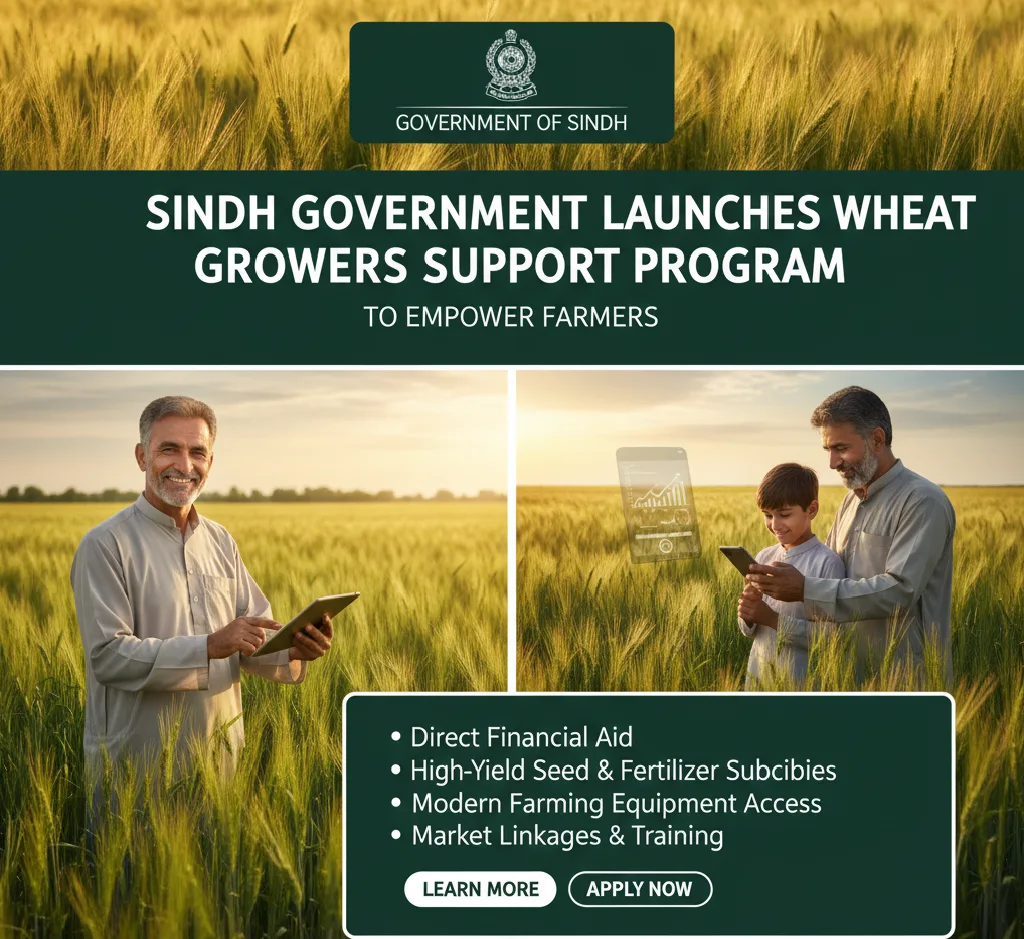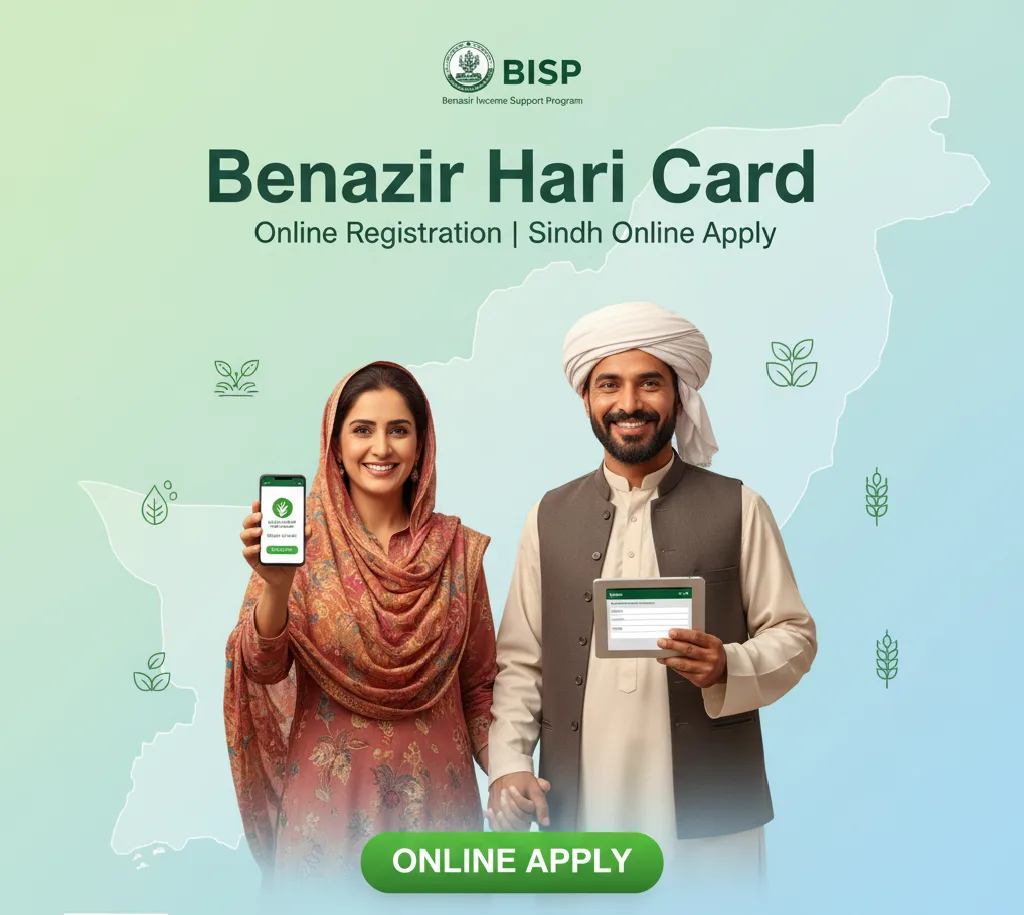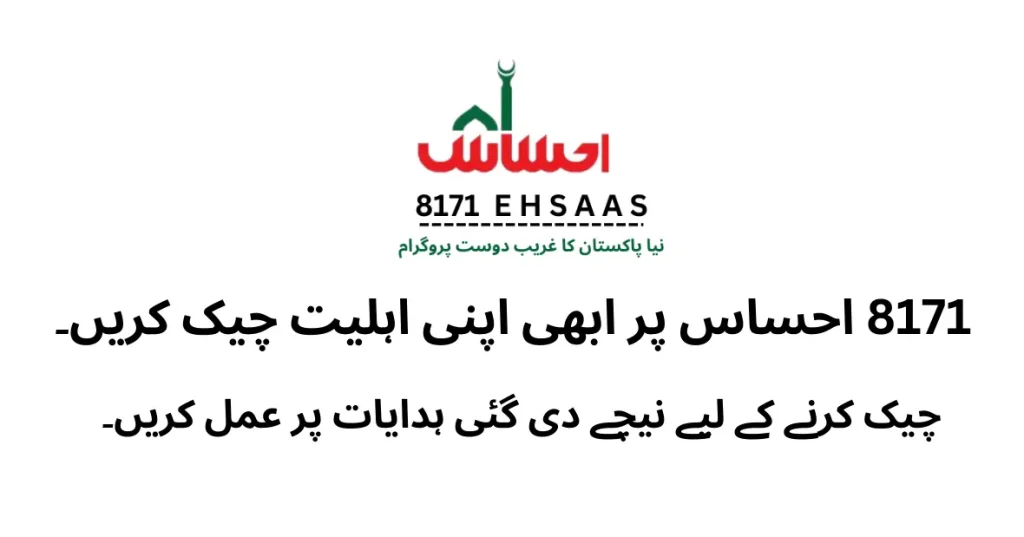Sindh Government Launches Wheat Growers Support Program to Empower Farmers
Introduction: A Game-Changer for Sindh’s Wheat Farmers
The Sindh Government has launched a transformative initiative — the Wheat Growers Support Program — to uplift the region’s struggling wheat farmers. With agriculture forming the backbone of Sindh’s economy and wheat being the most critical food crop, this support program marks a significant step towards food security, rural development, and economic empowerment.
Through direct financial support, subsidized inputs, modern agricultural tools, and transparent disbursement mechanisms, this program aims to empower wheat farmers, enhance productivity, and combat climate-induced challenges faced by the farming community.
Why the Wheat Growers Support Program Is Necessary
1. Sindh’s Agricultural Dependency
Agriculture contributes significantly to Sindh’s economy, with wheat cultivation covering millions of acres and employing a large portion of the rural population. However, in recent years, farmers have faced:
Rising costs of inputs (fertilizers, seeds, diesel)
Water shortages
Lack of market access
Low government procurement prices
Climate change impacts
2. Vulnerable Smallholder Farmers
Most wheat farmers in Sindh are smallholders owning or leasing 1 to 25 acres of land. These farmers often lack the capital and access to resources needed to increase yields or adopt modern practices.
The Wheat Growers Support Program directly targets this segment, ensuring inclusive and equitable growth.
Overview of the Wheat Growers Support Program
✅ Total Budget Allocation: PKR 55.9 Billion
The Government of Sindh has allocated Rs. 55.9 billion for this program. It covers:
Direct cash assistance
Subsidies on seeds, fertilizers, and machinery
Farmer training and awareness
Digital banking solutions via ‘Hari Card’
✅ Target Beneficiaries
The program focuses on registered wheat farmers cultivating between 1 and 25 acres of land across Sindh. It is designed to benefit both landowners and sharecroppers (tenants) who are officially documented.
Key Features of the Wheat Growers Support Program
1. Direct Cash Assistance
Farmers will receive monetary support directly into their bank accounts through the Sindh Bank Hari Card. This provides immediate relief to cover seasonal input costs, such as:
Fertilizer
Seed
Diesel for tractors
Pesticides and irrigation expenses
2. Smart Hari Card System
In partnership with PayPak and Sindh Bank, eligible farmers receive a digital debit card called the Hari Card. This card ensures:
Transparency in fund distribution
Access to ATMs and point-of-sale machines
Financial inclusion for unbanked populations
Elimination of middlemen and corruption
3. Access to Subsidized Inputs
Registered wheat growers can purchase inputs at subsidized rates, including:
Certified high-yield wheat seed varieties
Urea, DAP, and other fertilizers
Sprayers and basic mechanization tools
4. Training and Technical Support
The government will conduct training through the Agriculture Extension Department to promote:
Smart irrigation practices
Crop rotation
Organic fertilization
Early disease detection and pest control
5. Women and Minority Farmer Inclusion
Special provisions are in place to ensure that women farmers, landless tenants, and ethnic minority growers also benefit equally from the program.
Goals and Impact
✅ Increase Wheat Production
Through better seed and inputs, the program aims to increase per-acre wheat yield, improving Sindh’s food security and contributing to national grain reserves.
✅ Reduce Rural Poverty
Injecting billions into rural economies through direct farmer support will help lift households above the poverty line and reduce their dependency on credit.
✅ Promote Sustainable Agriculture
Climate-smart farming practices will help conserve water, improve soil health, and reduce carbon emissions.
✅ Build Resilience Against Market Volatility
By linking farmers directly to markets and providing input support, the government reduces farmers’ exposure to volatile wheat prices and supply chain disruptions.
Step-by-Step: How the Program Works
Step 1: Registration
Eligible farmers must register through:
Local Agriculture Offices
Online Portal (to be launched)
Mobile registration camps
Documents required:
Valid CNIC
Land ownership or lease documents
Recent photographs
Mobile number
Step 2: Eligibility Verification
Once registered, each applicant’s information is cross-verified with:
Sindh Land Revenue Records
NADRA (National Database)
Mobile SIM registration
This ensures only genuine wheat growers receive benefits.
Step 3: Hari Card Issuance
Upon successful verification, each farmer receives a Sindh Hari Card. The card is:
Personalized with photo and CNIC number
Linked to a Sindh Bank account
Usable at all ATMs and designated vendor outlets
Step 4: Disbursement of Funds
Funds are disbursed electronically according to:
Landholding size (1–25 acres)
Category (owner, tenant, or sharecropper)
Seasonal requirements (rabi cycle, etc.)
Step 5: Monitoring and Evaluation
A digital dashboard will track:
Number of beneficiaries
Fund disbursement timeline
Crop output trends
Grievance redressal statistics
Regular third-party audits and public reporting will ensure transparency.
Expected Outcomes: What Success Looks Like
| Goal | Expected Result |
|---|---|
| Increased Yield | 15–25% rise in wheat output |
| Farmer Income Growth | 20–30% increase in seasonal income |
| Water Use Efficiency | Reduction in groundwater depletion |
| Financial Inclusion | 1.2 million new rural bank account holders |
| Reduced Urban Migration | 10–15% drop in seasonal migration to cities |
Challenges to Watch
❌ Verification and Documentation Gaps
Many tenant farmers may not have formal land lease papers, making it harder for them to register.
❌ Delayed Disbursement
If administrative bottlenecks delay fund transfer, it could impact the rabi season negatively.
❌ Political Influence
Without strong oversight, there’s risk of favoritism or unequal distribution.
❌ Lack of Digital Literacy
Rural populations may struggle to use ATMs or card-based transactions without proper guidance.
❌ Climate Volatility
Heavy rains or droughts can offset gains if not addressed through parallel climate adaptation programs.
How the Program Compares to Other Initiatives
| Country | Program | Key Feature |
|---|---|---|
| India | PM-KISAN | Rs. 6,000/year to farmers |
| Bangladesh | AIS Program | Input subsidy system |
| Nigeria | e-Wallet System | Mobile-based subsidy platform |
| Pakistan (Punjab) | Kisan Card | Input subsidy via mobile |
Sindh’s Wheat Growers Support Program is among the most comprehensive in terms of budget, scope, and integration with banking and digital systems.
Frequently Asked Questions (FAQs)
Q1: Who can apply for the Wheat Growers Support Program?
Answer: Any wheat farmer in Sindh who owns or leases between 1 to 25 acres of agricultural land. Tenant farmers must show valid lease agreements.
Q2: How much financial support will a farmer receive?
Answer: The amount depends on land size and category. For example:
5-acre farmer may receive Rs. 10,000–20,000 per season.
25-acre farmers can receive proportionately higher support.
Q3: How do I register?
Answer: Through:
Local agriculture office
Mobile facilitation center
Future online portal (planned)
Q4: Is the Hari Card usable like a normal debit card?
Answer: Yes. It is linked to a Sindh Bank account and can be used at:
ATMs
Agricultural input stores
POS terminals
Partner outlets
Q5: What if my application is rejected?
Answer: Farmers have the right to file an appeal and present supporting documents. Local grievance cells and helplines will assist.
Q6: How will the government ensure transparency?
Answer: Through:
Biometric verification
Independent audits
Real-time dashboards
Public access to beneficiary data (summary)
Q7: Will this program be available every year?
Answer: The current rollout covers the upcoming wheat season. If successful, the program may be continued or expanded annually.
Final Thoughts: A Vision for Prosperity
The Wheat Growers Support Program is more than just a government subsidy — it is a strategic investment in Sindh’s agricultural resilience, rural economy, and national food security.
By bridging the gap between policy and practice, technology and tradition, and funding and fieldwork, the Sindh Government has taken a decisive step towards empowering its farmers.
If implemented transparently and efficiently, this initiative could become a model agricultural support system for the entire country — ensuring that the people who feed the nation are themselves not forgotten or left behind.






